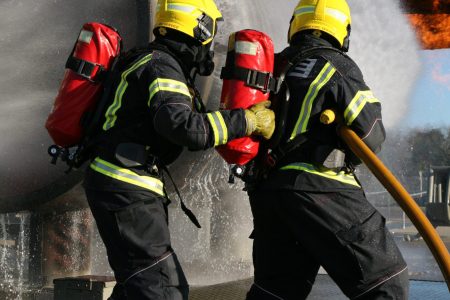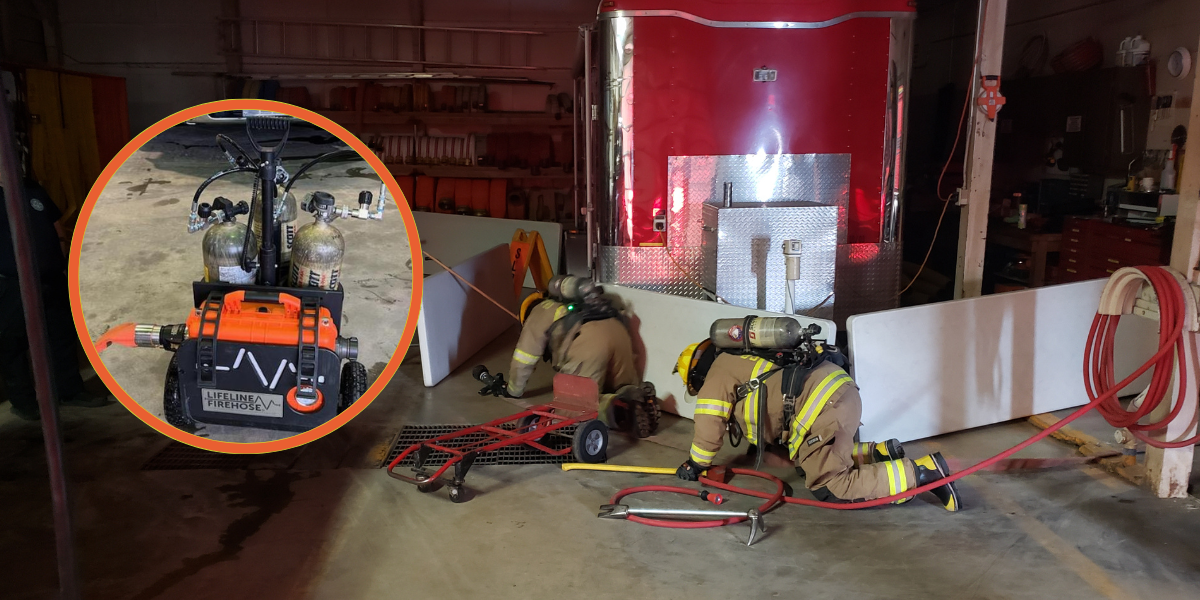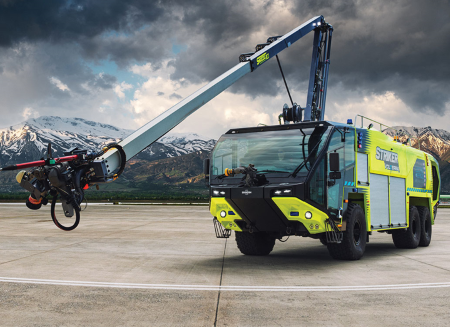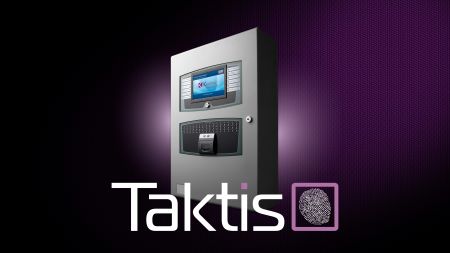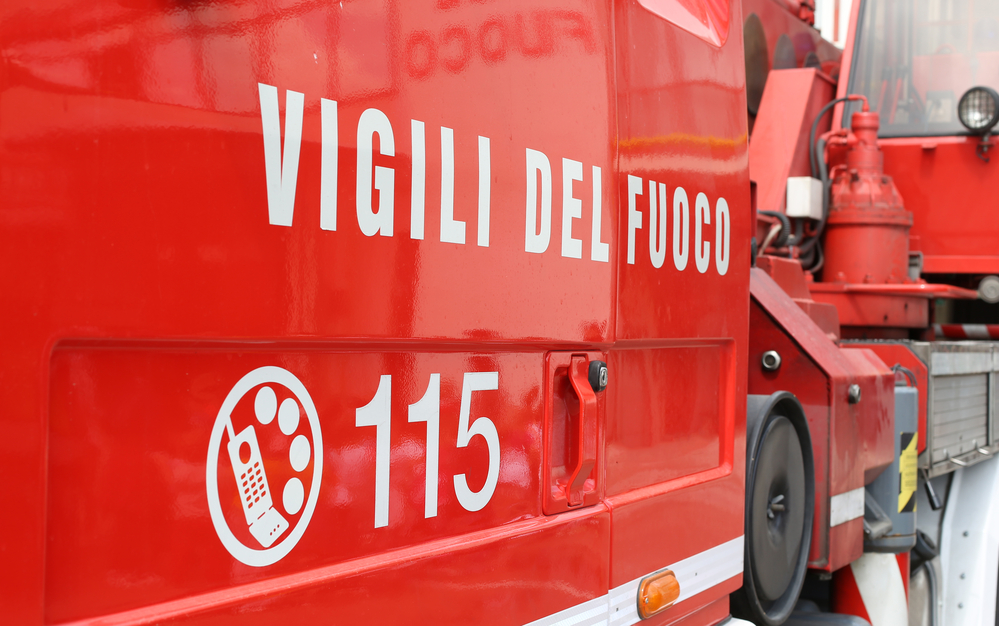Roger Startin, Joint Managing Director at Bristol Uniforms, explores the specific requirements and selection process for Airport Firefighter PPE
Thankfully, aircraft fires and accidents are rare, but when they happen the ability to respond quickly and effectively is paramount. Since most aircraft accidents take place during take-off or landing, the response of the airport fire crew can and does play a major part in minimising injuries and loss of life.
As such, airport firefighters have a unique job role which varies considerably to that of municipal firefighters. They must be ready at all times to respond to major and intensive fire incidents involving large aircraft, passengers and fuel. In the UK, they also have a tighter target response time of just 3 minutes, set by the Civil Aviation Authority. Training and preparation for these scenarios is specific and uses particular equipment, and forms a significant part of the job. However, airport firefighters are also required to respond to other emergency situations in and around the airport. Bristol Airport’s Deputy Chief Fire Officer, Rich Lynn, who has 48 firefighters on station, comments:
“Our main responsibiity is to respond to aircraft-related incidents, however, we also provide a domestic response to safeguard the Airport’s infrastruture. This can include such calls as fire alarm activations, bin fires, car fires, fuel spillages, security-related incidents and medical emergencies.”
As a result, PPE for airport firefighters needs to be suitable for all these situations. There is no time to change uniforms for each emergency, the PPE must offer protection and be comfortable for every call-out.
Bristol Uniforms has been supplying PPE to airport firefighters across the globe for many years. Most, if not all, airports use a selection procedure for purchasing PPE which involves trialling samples from several manufacturers. Selection is based on a number of criteria including wearer comfort, durability, price, sizing, availabilty of stock and the provision of managed care services for cleaning and repair.
In Europe, we supply airport firefighting services in Budapest, Oporto and Amsterdam Schiphol. In the UK, airports include Gatwick, Bristol, Manchester, Edinburgh and Glasgow.
Across European and UK airports in recent years, we have seen a steady move to replace traditional PPE designs with Bristol’s XFlex designs, which are more suited to the wider variety of incidents today’s airport firefighters are likely to face. XFlex is light-weight and breathable, which helps to minimise heat stress. Its ergonomic design with distinctive sports styling means that it is suitable for various hazardous roles. Above all, our customers tell us it is particularly comfortable to wear. It is certified to EN469:2005 Level 2 and complies with EN343 waterproof and EN1149 anti-static standards.
Both Edinburgh Airport FRS and Glasgow Airports FRS have recently placed orders for 60 replacement XFlex uniforms; Edinburgh opting for a navy Hainsworth TITAN1220 outer fabric, and Glasgow selecting the same but in Paris Blue.
Further afield, XFlex is also the PPE of choice for the Peruvian Airports Authority, or Aeropuertos del Peru, which manages and operates 12 regional airports including Cajamarca, Huaraz, Tarapoto, Chachapoyas, Pisco, Talara, Chiclayo, Tumbers, Piura, Trujillo, Iquitos and Pucallpa. XFlex was selected for its ergonomics and comfort in various working conditions, and PBI outer-fabric was specified due to its strength and performance in close-proximity firefighting. For this client, Bristol had to ensure that the design adhered to the NFPA structural firefighting standard, NFPA1971:2013, which is generally adopted across the USA, Middle East and Latin America.
Bristol is also the largest supplier of PPE to airports in Australia. We have supplied Airservices Australia for a number of years, which is responsible for managing firefighting services at 26 of the country’s busiest airports, including Melbourne, Sydney, Brisbane, Darwin and Perth. Together with our distributor Pac Fire Australia, we recently secured a new five-year contract to supply and maintain their PPE.
Following extensive wearer trials, Airservices Australia opted for Bristol’s Ergotech Action range, which offers special shaping for optimal compatibility and greater rotational mobility. In particular, the lightweight, ergonomic range features special shoulder shaping, eliminating the shoulder seam, which provides greater comfort when wearing breathing apparatus, plus large underarm gussets for greater reach manoeuvrability. Airservices Australia was familiar with this design as its existing kit is currently from the same range. This time, however, it opted for a Hainsworth TITAN1260 gold outer, a Goreâ CROSSTECHâ Airlock moisture barrier and a red Nomexâ slick liner – a slightly different fabric combination to reflect the newer, better performing materials available on the market today. Airservices specified that the ensemble must be certified to the requirements of the Australian National Standards Body, NZS/AS 4967:2009.
By working closely with airport firefighters over the years, we have seen the demands of the job shift and change, and have in turn provided updated solutions to offer maximum protection. It is crucial that PPE manufacturers understand the specific role and needs of each crew, wherever they are in the world, so that the very best protection can be provided.




